Transform Your Workplace with Office Interior Design Company - Interior Design And Manufacture for Unilever
Office interior design is an essential aspect of any business. It can affect the mood, productivity, and morale of employees. This is why businesses must invest in expert office interior design to create a workspace that is not only aesthetically pleasing but also functional and productive. In this article, we will discuss the benefits of expert office interior design, the role of an office interior designer, factors to consider when choosing an office interior designer, the latest trends in office interior design, and how to work with your office interior designer.
The Benefits of Expert Office Interior Design
Expert office interior design has numerous benefits for businesses. One of the most significant benefits is its effect on employee productivity. A well-designed office space can enhance productivity by providing employees with a comfortable and functional workspace. It can also improve employee morale by creating a positive and inviting work environment. Expert office interior design can also help attract and retain talent, as employees are more likely to stay with a company that values their well-being and provides a comfortable workspace.
Another benefit of expert office interior design is the potential for cost savings. A well-designed office space can reduce energy costs by utilizing natural light and energy-efficient lighting and HVAC systems. It can also reduce employee absenteeism by providing a healthy and safe workspace. A well-designed office space can also improve the brand image of the business, as it communicates a professional and forward-thinking image to clients and visitors.
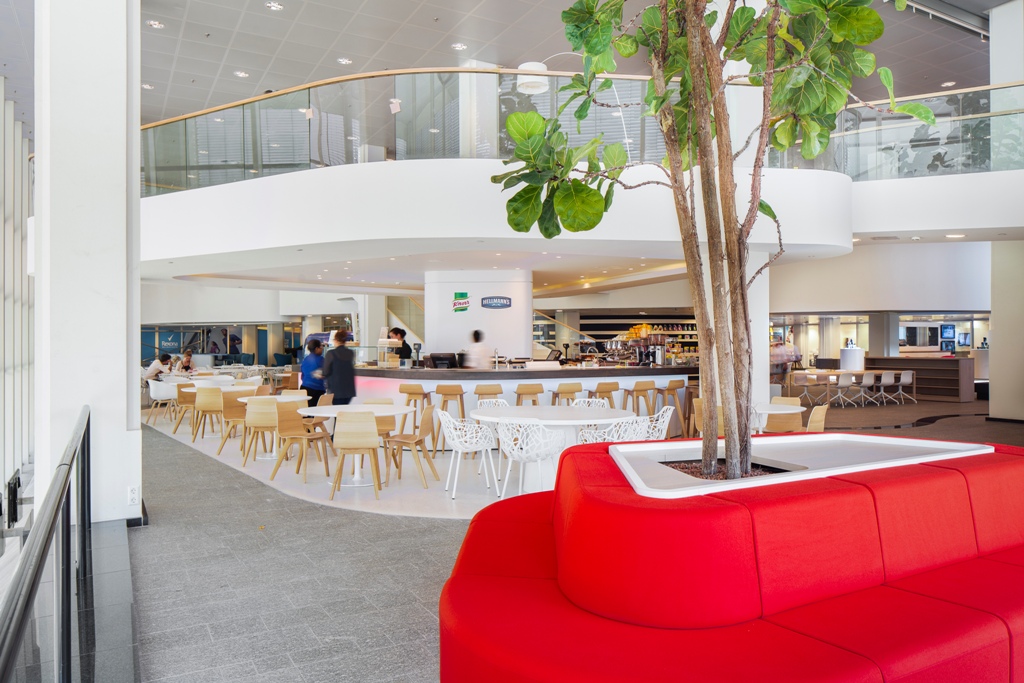
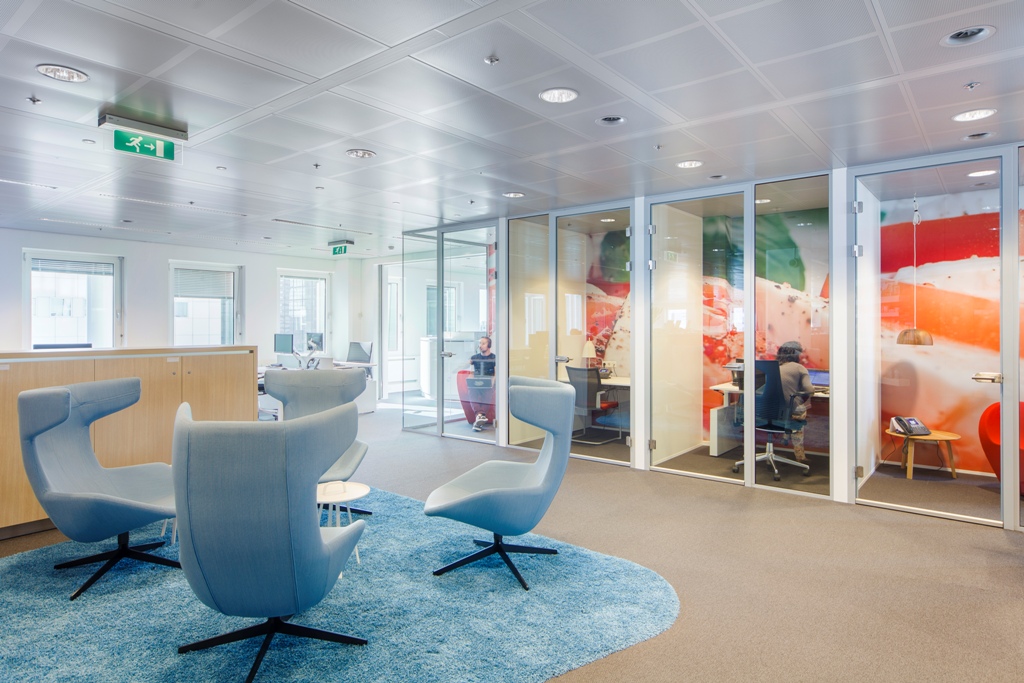
The Role of an Office Interior Designer
An office interior designer is responsible for creating a functional and aesthetically pleasing workspace. They work closely with the business to understand their needs and goals for the space. An office interior designer will assess the space, taking into consideration the size, layout, and existing features. They will then create a design plan that maximizes the space’s potential and meets the needs of the business.
An office interior designer also selects the furniture, decor, and finishes for the space. They consider the business’s branding and style preferences when making these selections. An office interior designer will also consider the functionality of the space, ensuring that it meets the needs of the employees and the business. They will also consider the safety and health of the employees when designing the space.
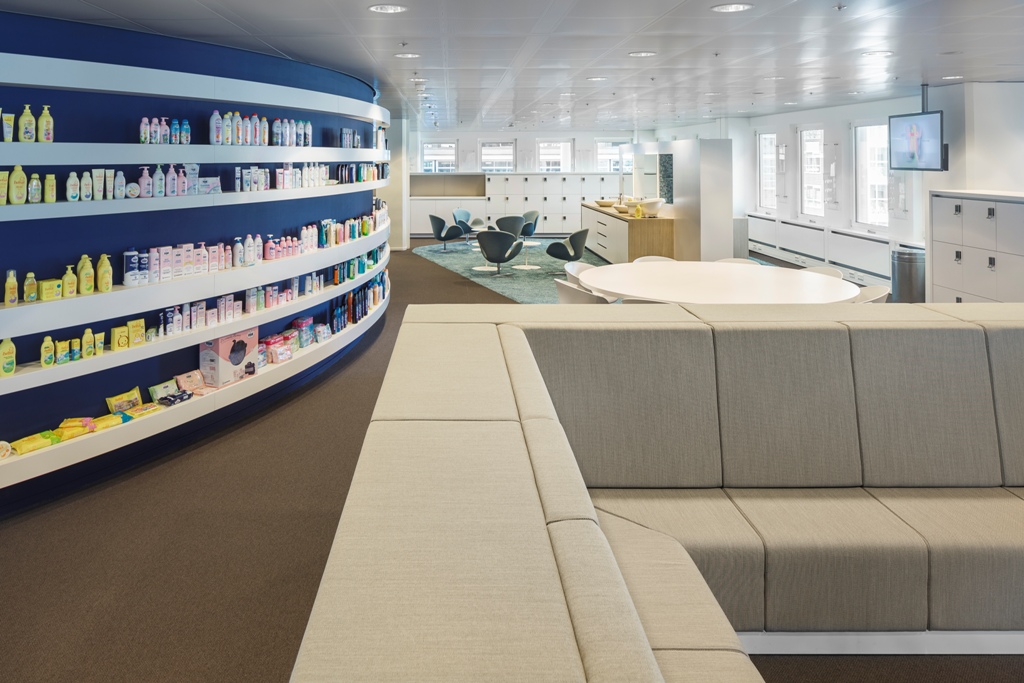
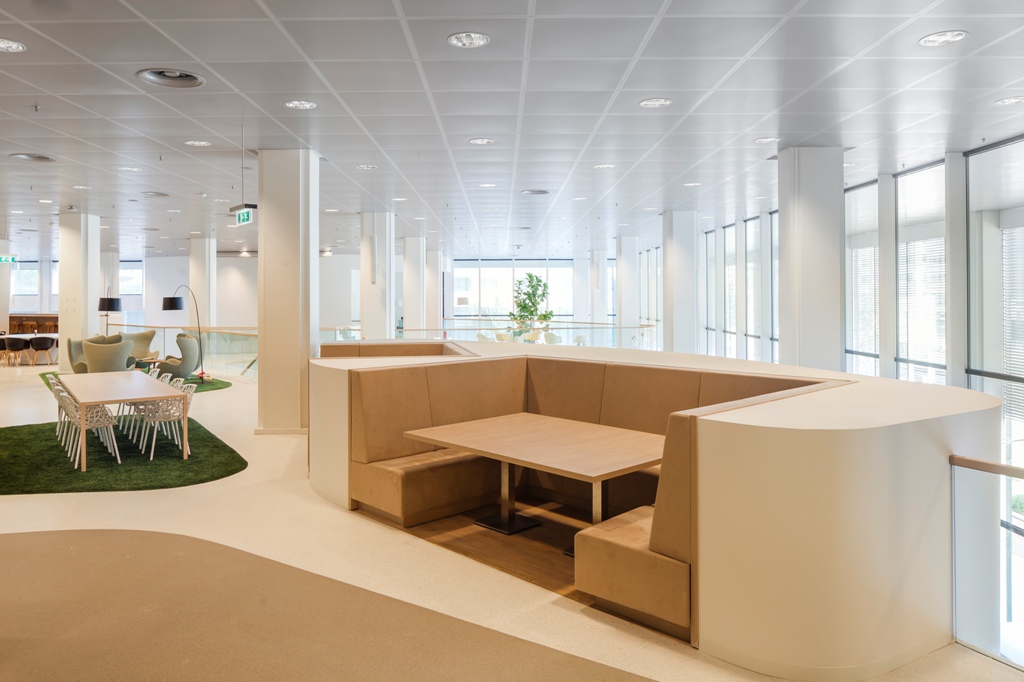
Factors to Consider When Choosing an Interior Design Company
When choosing an office interior designer, there are several factors to consider. The first factor is experience. You want to choose an office interior designer who has experience designing office spaces. You should also consider their portfolio and references from previous clients. The second factor is their communication skills. You want to choose an office interior designer who listens to your needs and communicates effectively with you throughout the design process. The third factor is their design style. You want to choose an office interior designer whose design style aligns with your business’s branding and style preferences.
Another factor to consider is their project management skills. You want to choose an office interior designer who can manage the project from start to finish and ensure that it stays within budget and on schedule. You should also consider their knowledge of building codes and regulations, as well as their ability to work with contractors and other professionals involved in the project.
Understanding Your Office Space and Its Potential
Understanding your office space and its potential is essential when designing an office space. An office interior designer will assess the space and determine its potential, taking into consideration factors such as the size, layout, and existing features. They will then create a design plan that maximizes the space’s potential and meets the needs of the business.
One way to understand your office space and its potential is to conduct a space analysis. A space analysis involves assessing the space’s current usage, identifying areas that are underutilized, and determining how the space can be optimized to meet the needs of the business. A space analysis can also help identify potential safety hazards and ways to improve the health and well-being of employees.
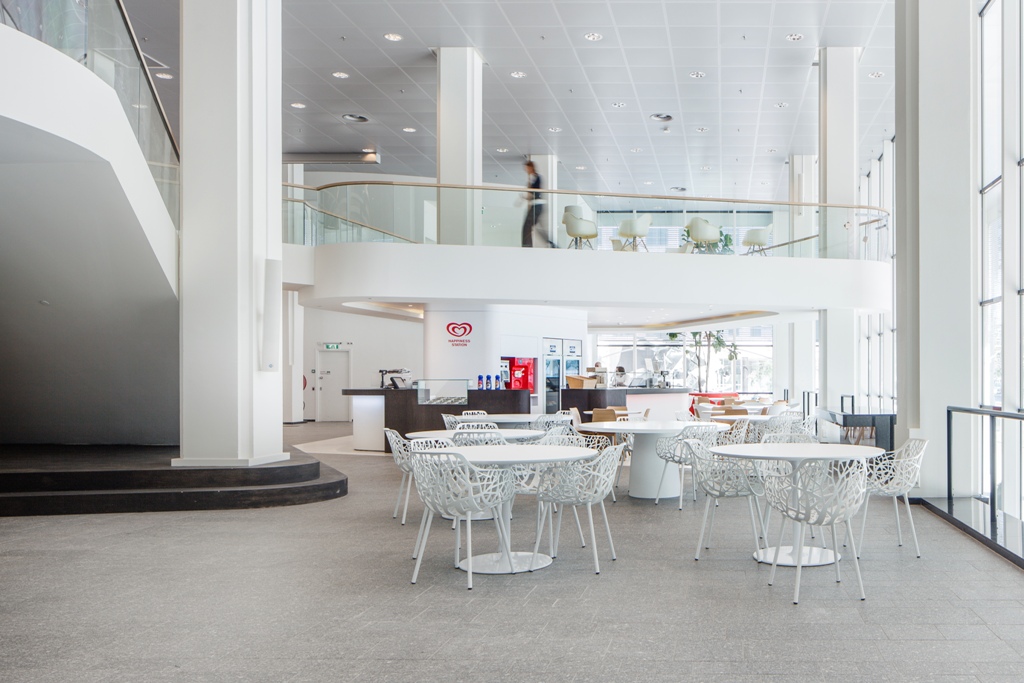
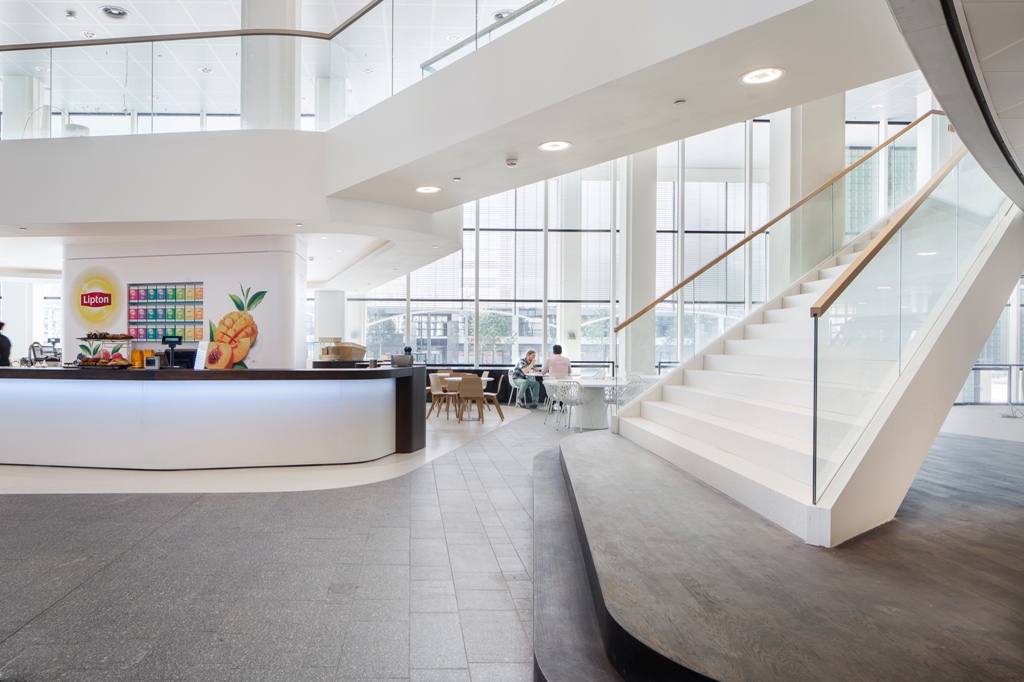
Designing for Functionality and Productivity in Innovative Office
Designing for functionality and productivity is essential when designing an office space. An office interior designer will consider the needs of the employees and the business when designing the space. They will ensure that the space is functional and meets the needs of the employees, while also promoting productivity and creativity.
One way to design for functionality and productivity is to consider the layout of the space. The layout should promote collaboration and communication among employees while also providing private areas for individual work. The furniture and decor should also be functional and comfortable, promoting good posture and reducing the risk of injury.
Color Psychology in Office Interior Design
Color psychology plays a significant role in commercial office interior. Certain colors can affect mood and productivity, making them an essential consideration when designing an office space. For example, blue is a calming color that promotes concentration and productivity, making it an excellent choice for workspaces. Yellow is an energizing color that promotes creativity and positivity, making it an excellent choice for collaborative areas.
Neutral colors such as beige and gray can create a professional and sophisticated atmosphere, while bold colors such as red and orange can create a vibrant and stimulating atmosphere. An office interior designer will consider the business’s branding and style preferences when selecting colors for the space.
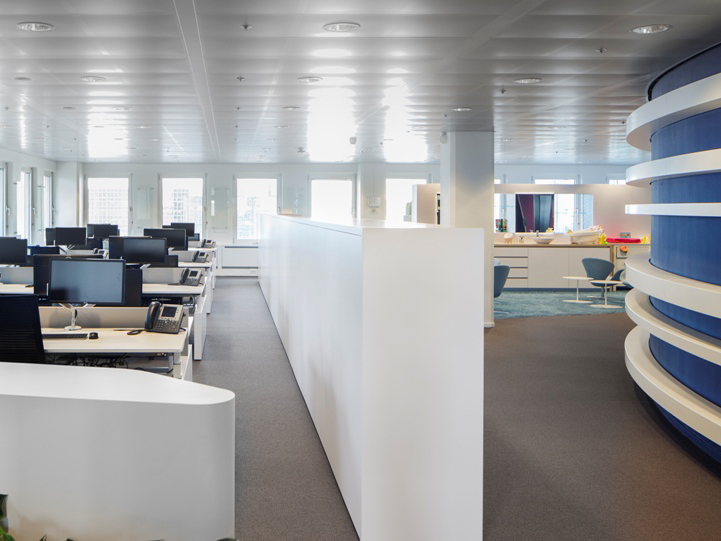

The Latest Trends in Office Interior Design
The latest trends regarding office design process include incorporating natural elements into the design, such as wood and plants, and creating spaces that promote wellness and well-being. Open-concept workspaces are also a popular trend, as they promote collaboration and communication among employees. Another trend is creating flexible spaces that can be easily adapted to meet the changing needs of the business.
How to Work with Your Office Interior Designer
Working with your office interior designer is essential to creating a functional and aesthetically pleasing workspace and furniture. The first step is to communicate your needs and goals for the space. Be open to their suggestions and feedback, as they have the expertise to create a space that meets your needs and promotes productivity and well-being.
Another way to work with your office interior designer is to establish clear communication and expectations. Set a timeline and budget for the project and communicate any concerns or issues that arise throughout the design process. Finally, be open to making changes and adjustments as needed to ensure that the final design meets your needs and expectations.
The Impact of Designer Office Spaces on Employee Morale and Retention
Designer office spaces and office furniture can have a significant impact on employee morale and retention. A well-designed office space communicates a professional and forward-thinking image to employees, making them feel valued and appreciated. It can also enhance productivity by providing a comfortable and functional workspace.
Designing for wellness and well-being can also have a positive impact on employee morale and retention. Incorporating elements such as natural light, plants, and ergonomic furniture can improve the health and well-being of employees, making them more likely to stay with the business.
Conclusion: Making the Investment in Expert Office Interior Design
Making the investment in expert office interior design is essential for businesses that want to create a functional and aesthetically pleasing workspace. It can enhance productivity, improve employee morale and retention, and reduce costs. When choosing an office interior designer, consider their experience, communication skills, design style, project management skills, and knowledge of building codes and regulations.
Understand your office space and its potential, and design for functionality and productivity. Consider color psychology when selecting colors for the space, and incorporate the latest trends in office interior design. Work closely with your office interior designer to ensure that the final design meets your needs and expectations. The impact of designer office spaces on employee morale and retention is significant, making it a worthwhile investment for any business.
#interior design services #decorilla office interior #office design company #commercial interior design #professional interior designers #bespoke office interior #office fit #complete office design #design studio #furniture facotry #custom office furniture #coworking space design #industry-leading office design